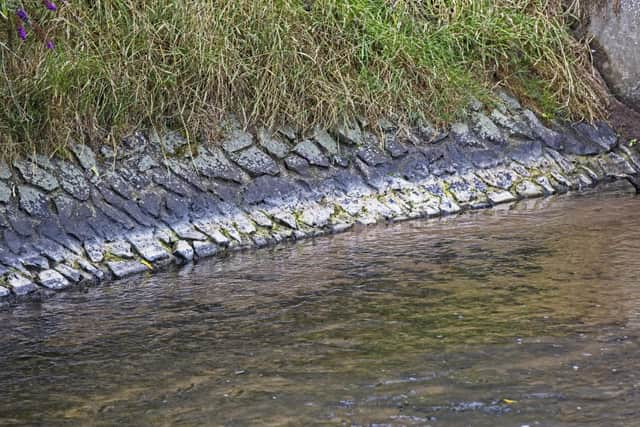First water bans set to be ordered in Scotland amid drought warning
The Scottish Environment Protection Agency said that following a dry spring and summer areas in mid and north Fife are now at the highest alert possible.
The Tweed catchment area in the south of Scotland is now “counting down” to similar levels of scarcity in the next few days.
Advertisement
Hide AdAdvertisement
Hide AdIt comes as the Met Office is forecasting dry, heatwave conditions, when UK temperatures could hit the mid-30s C by the end of next week. As is usual, Scotland will remain cooler than the south east but forecasters say high pressure should keep rain away from all but the north west of Scotland.


Triggering a red warning hands SEPA the legal right to restrict water “abstraction”, the removal of water from a natural source such as a river, burn, loch or underground supply. It said there is now “clear evidence” bans are needed to protect the “sustainability” of local water environments.
Due to be introduced next week, it will be the first time water restrictions have been imposed by SEPA since its National Water Scarcity Plan was published seven years ago. It will affect industrial water users, like farmers, hydro companies, golf courses and whisky producers.
David Harley, Interim Chief Officer Circular Economy for SEPA, said: “It is clear that a significant area of Scotland’s water environment is stressed from the prolonged dry weather this summer, and conditions are only going to get worse as this continues.
“Although there has been some recent rainfall in the east, it is not enough to recover the longer-term deficits.
“SEPA understands the impacts on businesses facing these difficult conditions and supports sectors reliant on water all year round on ways to become more resilient. However, it is vital we work together now to ensure the sustainability of local water environments for all who rely on them.
“As we’ve seen across Europe, water scarcity is becoming more common as a result of climate change.”
Anna Graham, the Scotch Whisky Association’s Head of Environment, Science & Innovation, said: “During dry summers, Scotch Whisky distilleries have historically managed well. Industry sites often have shutdown periods over the summer months for essential maintenance, and distilleries will often flex these shutdowns as necessary to minimise the impact on the local water environment.
Advertisement
Hide AdAdvertisement
Hide Ad“As a key ingredient used to make Scotch Whisky, the industry knows it has a duty of care to protect and preserve Scotland’s water sources.”
By the end of this month, four million domestic customers in England will be under a hosepipe ban after a number of regions implemented emergency drought measures this week.
Kent and Sussex are the latest authorities to announce a ban, joining Hampshire and the Isle of Wight where restrictions kicked in yesterday.
Thames Water and Welsh Water have also warned customers to expect similar restrictions, which could place a further 14 million within the ban.
For the moment, restrictions north of the border will be confined to industrial users who extract large volumes of water from the country’s natural supply.
Comments
Want to join the conversation? Please or to comment on this article.